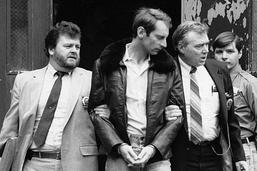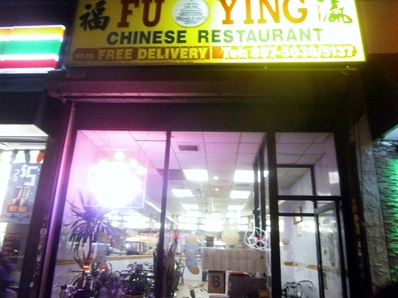According to City-Data.com, it may be an expensive place (I’m not sure if “NY” here means city or state; Manhattan apartments cost $3,400/month today, on average):
“Rego Park” was dominated by the Chinese in the late 1800s. At that time, it was farmland. The farms were bought-up by the Chinese and they sold “exclusively” [naturally…] to Manhattan’s Chinatown.
By 1870, there was a Chinese population [in Manhattan Chinatown] of 200. By the time the
Chinese Exclusion Act of 1882 was passed, the population was up to 2,000 residents. By 1900,
there were 7,000 Chinese residents [Wiki]
This should give a clue as to the timeframe of “Rego Park” Sinicization. Today, the neighborhood has a predominantly Soviet-Jewish character, with a 20% East-Asian minority, mostly Chinese.
Rego Park History, Early 1600s to Early 2000s
- 1600s: The area is settled by Dutch and Germans, who farmed there for over two centuries.
- 1870s: Chinese immigrants begin buying up the farmland in the area. The Chinese start farming, “[selling] their goods exclusively to [Manhattan’s] Chinatown“. (Note: I’ve come to see that this kind of action is stereotypical of the Overseas Chinese, especially in Southeast-Asia [e.g. Malaysia]. They often seem to attract the reputation of “scheming to take over” via ethnic-networking, etc. And who likes that?).
- 1882: “Chinese Exclusion Act” passed by U.S. Congress, banning further Chinese immigration (lifted in WWII).
- 1880s-1910s: Rego Park farmland is solidly occupied by Chinese farmers.
- 1923: The “Real Good Construction Company” starts residential development of Rego Park (giving it its name).
- 1920s: Germans, Italians, Irish, and Jews begin to buy the newly-developed houses/apartments of Rego Park.
- 1930s-1940s: Neighborhood attracts more and more Jews; Non-Jews begin to leave.
- 1939: Rego Park Jewish Center opens. (It still stands today, imposing, near the subway station.)
- From 1940s: Rego Park is “defined by its large population of Jewish immigrants.”
- 1970s-1980s: Rego Park becomes “a haven for Jews emigrating from Central Asia in the 1970s, when thousands of Bukharian Jews fled Uzbekistan and Tajikistan”. The neighborhood thus stayed Jewish, but shifted to one with a predominantly Soviet-Jewish character, which it maintains today.
- 2010: Rego Park is predominantly Jewish, heavily ex-Soviet-Jewish. Other groups: 15-20% East-Asian (mostly Chinese); 16% Hispanic; 7% South-Asian; 2% Black-American (+1% Black-Hispanic).
Sources:
- There are several Jewish synagogues.
- There are zero Episcopal churches.
- There are zero Methodist churches.
- There are zero Presbyterian churches.
- There are zero Baptist churches. (All this is according to Google Maps.)
I am surprised to find one Lutheran church in Rego Park. Unlikely enough, it’s of the conservative “Missouri Synod”.
It turns out this church is a holdover, an anachronism we might say, from the time when Protestants actually lived in Rego Park in any numbers. The congregation was organized in 1926 under a Pastor Kuechle (and If you fit this date into the above timeline, it makes sense). Here is a history of that church.
 Subway Vigilante Bernie Goetz (c.),
Subway Vigilante Bernie Goetz (c.),
Arrested for ‘pre-emptively’ shooting muggers
I’m reminded that the famous “Subway Vigilante” of NYC in the ’80s was also a Lutheran named Goetz (Bernie Goetz). Amazingly, I see that Bernie Goetz was born and raised only two miles away from Rego Park! He was born and raised in Kew Gardens, Queens in 1947.
The Rego Park Goetzes in ’36 very plausibly could’ve been relatives of his.

In my seven months in Germany (as a student, in 2007), I felt a lot more at-home than I felt (could feel) in a place like Rego Park, or even (“White”-)Manhattan. It’s amazing how that can work. I arrived speaking quite poor German, too.
Next Post: None




